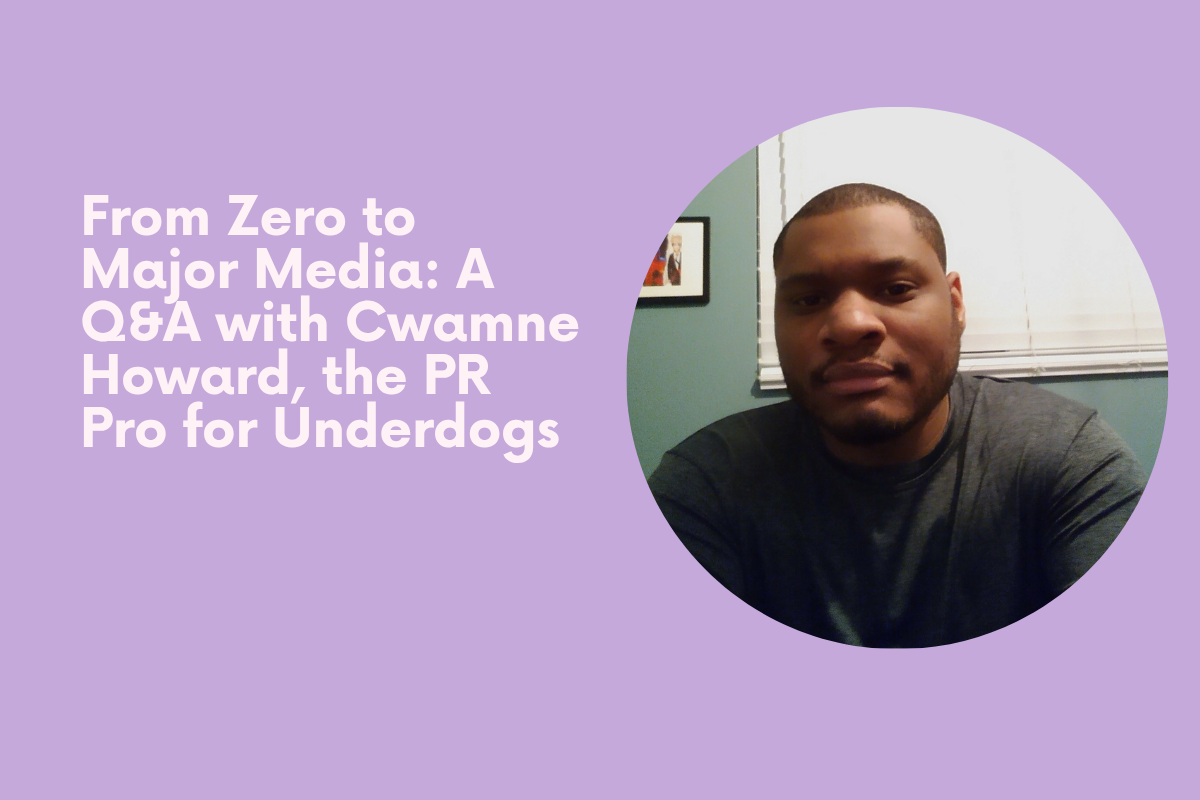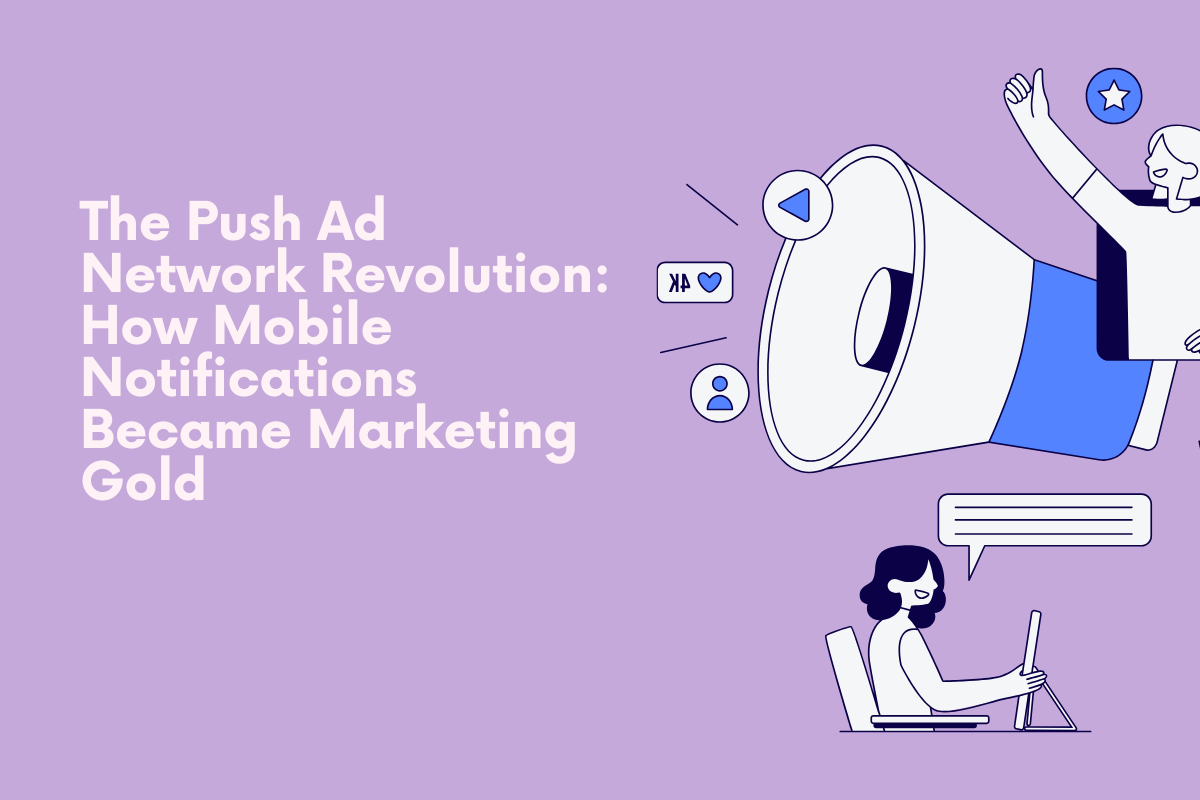Introduction
In an industry often dominated by large agencies with hefty retainers and volume-based approaches, Cwamne Howard has carved out a unique niche as a freelance PR specialist who champions the underdogs. Operating as a one-person remote PR agency, Howard has achieved remarkable results for startups and small businesses, generating over 261.8 million impressions and securing coverage in prestigious publications including The New York Times, CBS, Forbes, and EuroNews.
What sets Howard apart isn't just his impressive track record, but his philosophy: no AI-generated content, no spray-and-pray pitching tactics, and an unwavering commitment to storytelling, research, and attention to detail. He's worked on campaigns for notable figures like Dia Simms (CEO of Lobos 1707), Alice Chun (featured in Hillary Clinton's "Book of Gutsy Women"), and Sylvia Baffour (ranked among HubSpot's top female motivational speakers).
In this Q&A, Howard shares his strategic approach to transforming unknown brands into media darlings, his research-intensive methodology, and how he adapts his expertise across diverse industries from cybersecurity to sustainability.
Q&A with Cwamne Howard
Q: You describe yourself as "a PR pro for the underdogs" and have helped organizations go from little to no media coverage to features in major publications like The New York Times and CBS. Can you walk us through your strategic approach for taking a startup or small business with zero brand recognition and developing a compelling narrative that captures major media attention?
Cwamne Howard: The foundation of everything I do is understanding that every underdog has a story worth telling—it's just about finding the right angle and presenting it in a way that resonates with journalists and their audiences. When I take on a client with zero brand recognition, I start with what I call the "story archaeology" process.
First, I dig deep into the founder's background, the company's origin story, and the problem they're solving. I'm looking for those human elements that make journalists lean in. Take Alice Chun from Solight Design, for example. Her origami-inspired solar lanterns weren't just products—they were born from witnessing a family using dangerous kerosene for light. That human connection, that moment of inspiration, becomes the narrative foundation.
My approach is built on four pillars: storytelling that connects emotionally, exhaustive research to understand each journalist's beat and interests, strategic brainstorming to find unique angles, and obsessive attention to detail because no element is too small. I don't believe in generic pitches. Every email I send is crafted specifically for that journalist, referencing their recent work and explaining why this story fits their coverage area.
The key is patience and persistence without being annoying. Building relationships with journalists takes time. I track every interaction, follow up strategically, and always deliver exactly what I promise. When you consistently provide value and respect their time, journalists start to trust you, and that's when the magic happens.
Q: Your website emphasizes "no AI doing the work, no spray and pray pitching" and focusing on storytelling, research, and attention to detail. In an industry where many agencies rely on volume-based outreach, how do you balance efficiency with this personalized approach, and what specific research methods do you use to craft targeted pitches that result in 261.8 million impressions?
Cwamne Howard: The 261.8 million impressions didn't come from sending thousands of generic emails—they came from sending the right emails to the right people at the right time. My philosophy is that quality always trumps quantity, and that's actually more efficient in the long run.
My research process is methodical. Before I pitch anyone, I spend significant time studying the publication, the journalist's recent articles, their social media presence, and even their personal interests when relevant. I use tools like Muck Rack to track journalists' beats, but I go deeper—I read their last 10-15 articles to understand their writing style, the types of sources they prefer, and the angles that excite them.
For each client, I create what I call a "media ecosystem map." I identify primary targets (tier-one publications that would be game-changers), secondary targets (industry-specific publications), and relationship builders (smaller outlets that can provide social proof and content for bigger pitches). I typically work with a focused list of 30-50 highly targeted contacts rather than blasting 500 random journalists.
The efficiency comes from this upfront investment. When you truly understand a journalist's needs, your success rate increases dramatically. I track everything—open rates, response rates, meeting conversions, and final placements. This data helps me refine my approach continuously. A well-researched, personalized pitch to 10 relevant journalists will outperform 100 generic emails every time.
Q: You've successfully secured PR coverage across diverse industries from cybersecurity and VR to sustainability, fashion, and motivational speaking. How do you quickly develop domain expertise in new verticals, and can you share an example of how you adapted your PR strategy when entering an unfamiliar industry to achieve breakthrough media coverage?
Cwamne Howard: Adaptability is crucial in PR, and I've developed a rapid learning framework that I apply to every new vertical. I call it the "30-day immersion method." When I enter a new industry, I spend the first two weeks becoming a student of that space.
I start by identifying the top 5-10 trade publications in that industry and reading religiously. I analyze what stories they cover, what sources they quote, and what trends they're following. I join relevant LinkedIn groups, follow industry thought leaders on Twitter, and often attend virtual conferences or webinars to understand the language and pain points of that sector.
Let me give you a specific example from my work with Ben Jacoby, the locksmith who set a world record on spring-loaded stilts. This was completely outside my usual wheelhouse—I had to quickly learn about extreme sports, world records, documentaries, and the adventure tourism space.
I immersed myself in publications like Outside Magazine, Adventure Journal, and Red Bull's content to understand how they covered adventure athletes. I researched the world record verification process, studied other unusual world records that had gained media attention, and identified the human interest angle that would resonate beyond just the sports world.
The breakthrough came when I realized this wasn't just a sports story—it was a story about passion, entrepreneurship (he runs a locksmith business), and pursuing dreams despite having a "regular" job. I positioned Ben as the everyman who achieved something extraordinary, which appealed to mainstream outlets like EuroNews and Gear Junkie. The campaign ultimately reached 8.9 million impressions because I understood both the niche appeal for adventure sports media and the broader human interest angle for general publications.
The key is respecting each industry's unique culture while finding the universal human elements that make stories compelling across different audiences. Every vertical has its own rhythm, terminology, and value system—success comes from honoring that while translating it for broader consumption.





.png)